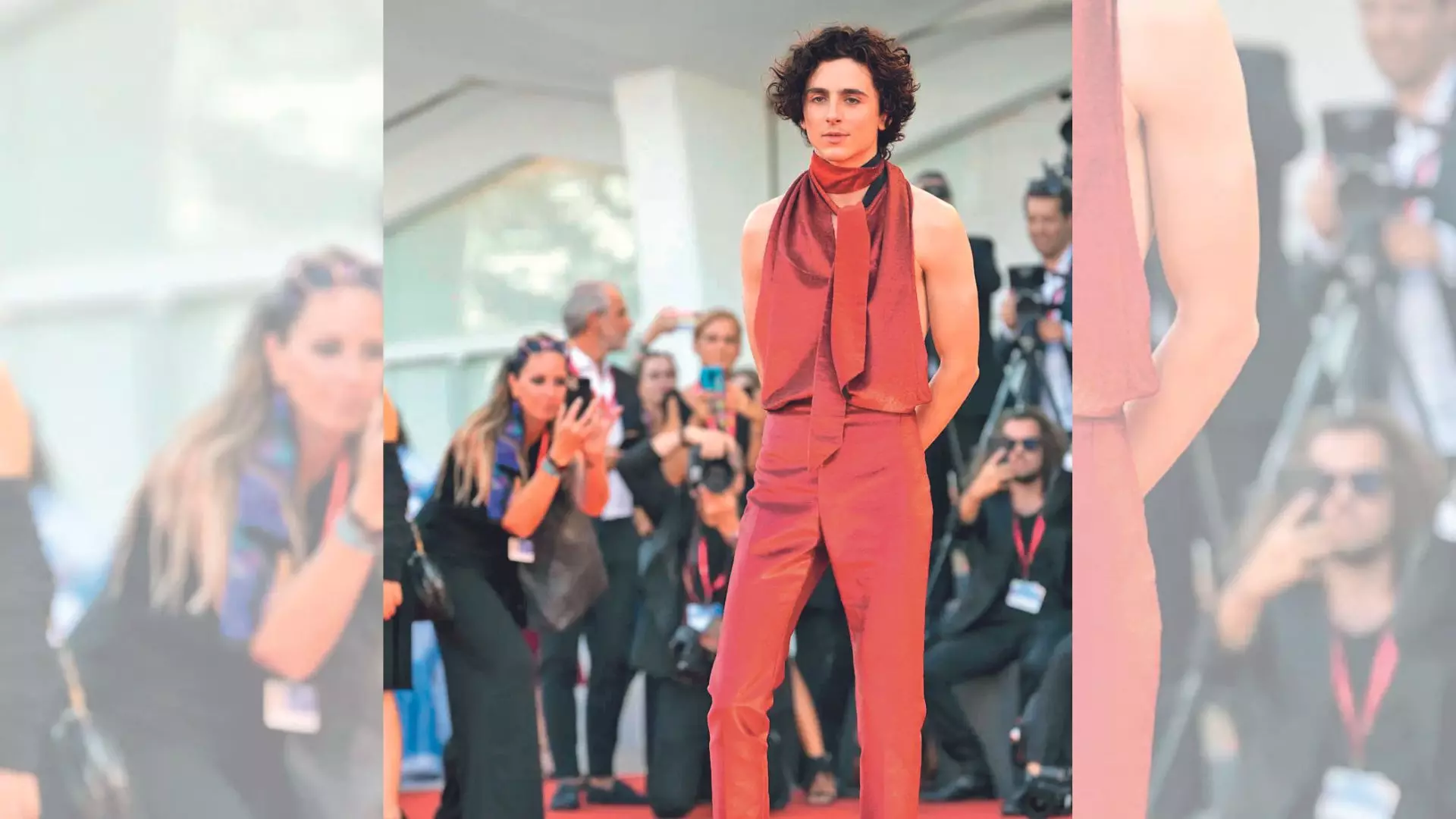The term ‘Hot Rodent Man’ became a hot topic in May when The Hollywood Reporter released its controversial ‘new A-List’ of stars for 2024. The term was used to describe the enticement of a group of male celebrities while sparking widespread debate. Online commentators drew comparisons with memes from the 2007 Pixar animation Ratatouille to suggest that a new ensemble was being considered Hollywood’s latest sex symbols due to (or perhaps despite) their ‘rodent-like’ features.
By this month, the conversation had peaked, with publications delving into the question, ‘Who is a rodent man?’ In the Indian entertainment industry, celebrities like Rajkumar Rao, Kartik Aaryan, Siddhant Chaturvedi, Babil Khan, and even Ibrahim Ali Khan could all be considered ‘hot rodents.’ The archetypal male beauty was epitomised by square-jawed, rugged heroes with chiselled features and a commanding presence, setting the standard for masculinity. However, the definition of beauty has become more inclusive.

The trend heralds angular features, larger noses, and often unkempt hair, reflecting a broader cultural acceptance of eclectic beauty standards. Fashion expert Raamz, now a leading actor tells us, “This shift is also reflected in men’s fashion and grooming, where there’s a growing embrace of natural, less polished styles. The ‘rodent-like’ aesthetic resonates with audiences due to its authenticity and relatability, offering a more complex lure that’s beyond mere ph.
















